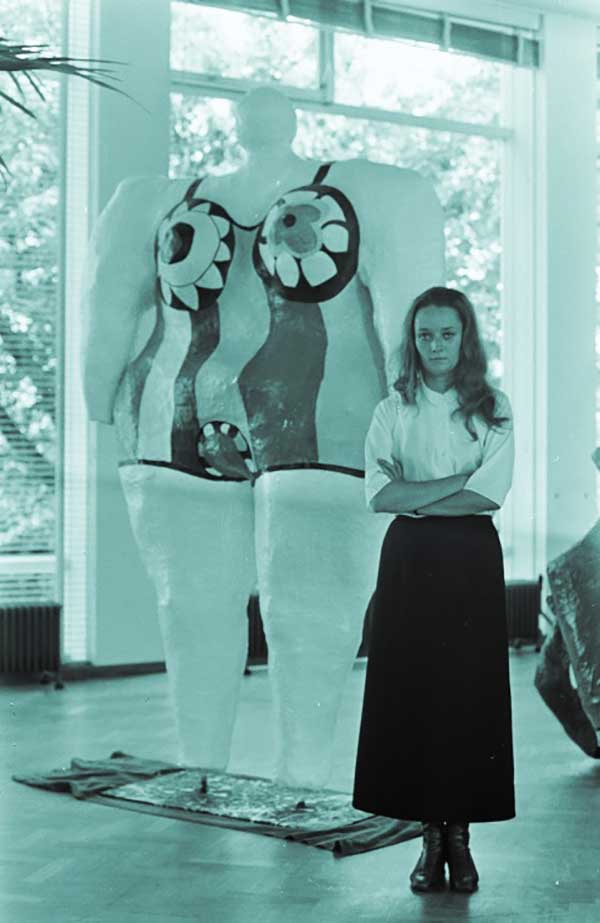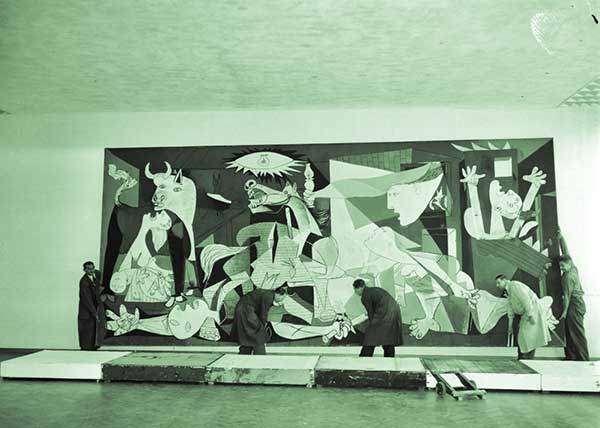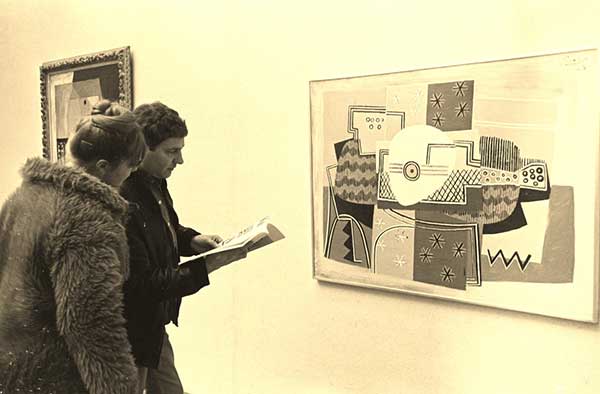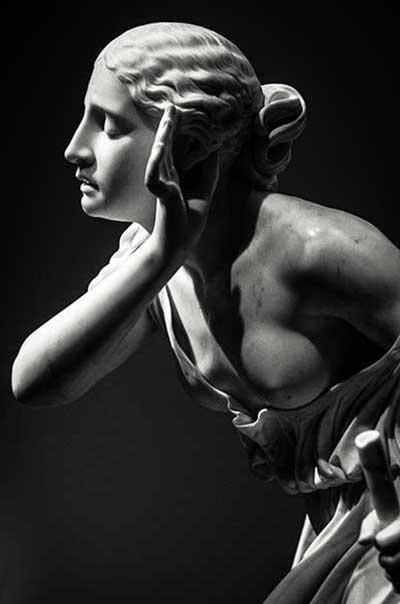
Author: Argentina. Revista Vea y Lea
Source: magicasruinas.com
Modified from the original
Public Domain, WikimediaCommons
Picasso’s Blue, rose periods And his final Progressive views
After Picasso’s Blue Period, the Rose and African Period bought him more art-historical importance and drove him to the Cubism movement and his last fragmented compositions. Pablo Picasso was born in Malaga, Southern Spain, in 1881 and grew up in an artistic environment, which stimulated him to paint. Following his father’s instructions, an art professor, the young Pablo, redrew great painters’ masterpieces with the conventional methods. He passed the School of Fine Arts entrance exam in Barcelona and enrolled in advanced classes at a young age. The father and son frequently disagreed as they argued about their different artistic visions. Pablo’s conflicting views with his early classical studies caused him to leave San Fernando Academia, one of the most prominent educational and artistic centres of that time.
The Blue Period (1901-1904)
Critics classify Picasso’s work in several periods. The blue period (1901-1904) was Pablo’s joyless interval with the dominant use of blue and blue-green colors. In these paintings, miserable characters such as prostitutes, beggars and blind men perform sober themes, dramatized by bluish backgrounds. Picasso had been affected by the suicide of one of his friends during this period.
The Rose Period (1904-1906)
This time interval is a flourishing period of Picasso’s work and his artistic collaboration with influential art collectors. At the same time, other contemporary artists, such as the French artist George Braque, joined him to develop Cubism’s fundamental principles. The use of warm and bright colors, depicting circus performances, clowns, and comics and celebrating themes epitomizes the artist’s satisfaction and optimism in those days. At this time, he had begun a romantic relationship with a French female artist, Fernando Olivier.
African Period (1907-1909)
Picasso was influenced by African art and its spiritual compositions from 1907-1909. The charm of primitive artefacts, the originality of African sculptural forms and their spiritual arrangements were highly inspiring in his paintings. Those years’ footprints are apparent in his tendency for flatness and the use of fragmented figures.
Analytic Cubism
Picasso and Georges Braque mutually helped one another, created Cubism as a compelling visual art style of the 20th century.
First, they founded Analytic Cubism by applying the natural colors of grey and brown to show three-dimensional effects on a two-dimensional monochrome view. [1] This approach led to broken images with sharp lines and, at the same time, a disunited performance. The geometrical forms and cubes were disintegrated and prepared to be analyzed separately. They were combined subsequently and displayed the truth with more edges and lines, offering a new vision of reality.
Later Picasso and his friend Georges Braque created the Synthetic Cubism resulting from the Analytic style in a new form of Collage. This new technique referred to various colors and materials such as papers, cardboard, photographs, textiles, wood, and even newspaper pieces. These mixed compositions extended the single facade’s illustration to different views and simultaneously provided a modern abstract observation without visual limits.
Picasso's Progressive Views
After his active years as a cubist, Picasso tended to work in Neoclassicism and Surrealism style. Both World Wars overshadowed his artistic activities and encouraged him to paint against Fascism. Guernica, the famous artwork painted in response to the bombing of the Basque, became the symbol of resistance against domination and suppression. [2]
He painted some classical works of great masters such as Rembrandt, Diego Velazquez, and Edouard Manet in his final years. He left more than 50000 artworks behind after his death in 1973.
Prosperity and wealth couldn’t change Picasso’s progressive views and his humanitarian perspectives.
Get more information on this Overview Page.
Text: Lalerou
© Copyright. All Rights Reserved
1- (n.d.). Analytical cubism | Tate. Retrieved February 26, 2023, from https://www.tate.org.uk/art/art-terms/a/analytical-cubism
2- Pablo Picasso (Pablo Ruiz Picasso) – Guernica. (n.d.). Museo Nacional Centro De Arte Reina Sofía. Retrieved February 27, 2023, from https://www.museoreinasofia.es/en/collection/artwork/guernica



- Category: Modern Art Styles In Painting
Vintage
Vintage
Ornamental
